Posted by Maris on 22nd Aug 2023
The Differences Between Various Types Of Tartan Fabrics
We will look at the numerous varieties of tartans and some of the significant differences between them. Some of them may astound you! So, are you curious to see how everything comes together?
How Many Different Tartan Styles Are There?
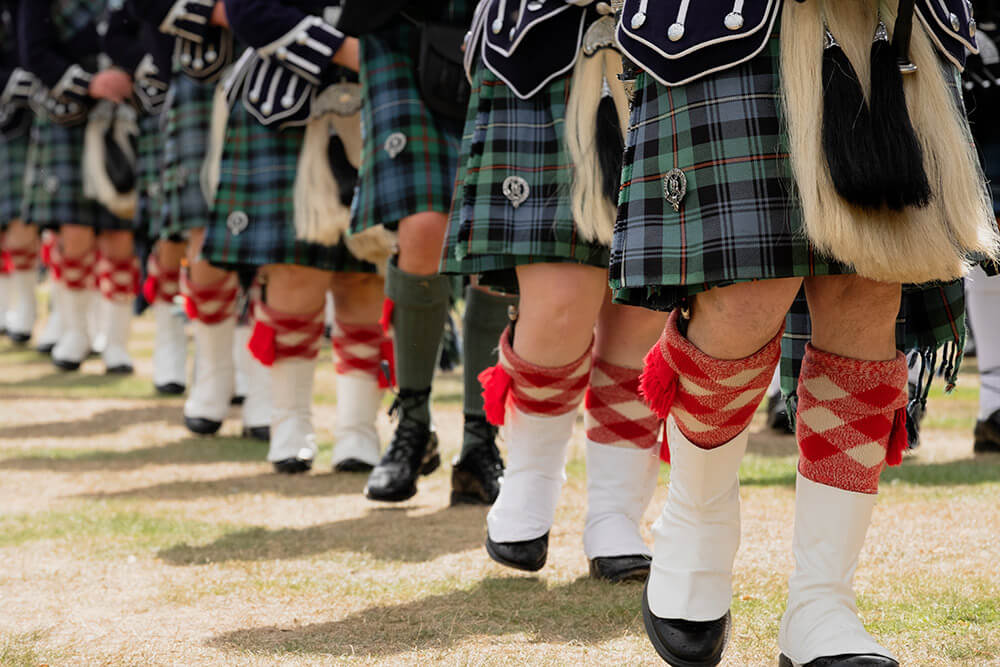
In a nutshell, a lot. The Scottish Register of Tartans, the public entity in charge of keeping track of the approved designs, has far over 1000 registered. Some families (such as the historic McDonald clan) have numerous designs to their name, which were produced at different stages in history. The names of the several sorts of tartans we’re looking at today (Ancient, Modern, etc.) actually have nothing to do with their historical background. It all comes down to the colors they utilize in their designs. An Ancient tartan from 1950 can coexist with a Modern tartan from 1870. It’s no surprise that folks get confused!
The Significant Differences Between Tartans
Many of the significant variations stem from how the technique of dyeing tartan cloth has evolved through time, resulting in distinct hues that ultimately assist to characterize each distinctive form of tartan.
Ancient Tartans
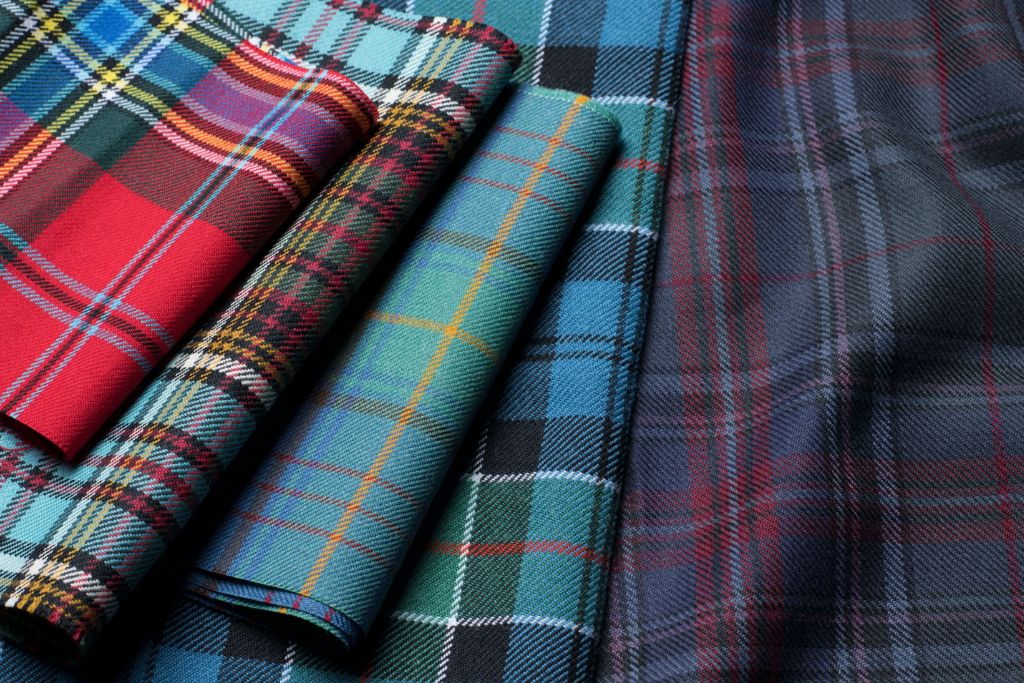
Before the 1860s, the only materials available to artisans were vegetable colors derived from plants and animals. As a result, the final results of these very rudimentary dyes were not particularly stable, and the color faded fast. After only a few years of fading, the tartans’ colors became light and delicate, and this is what today’s Ancient Tartans strive for. Greens and blues, for example, are particularly muted, while red frequently appears more orange in Ancient Tartan designs.
Modern Tartans
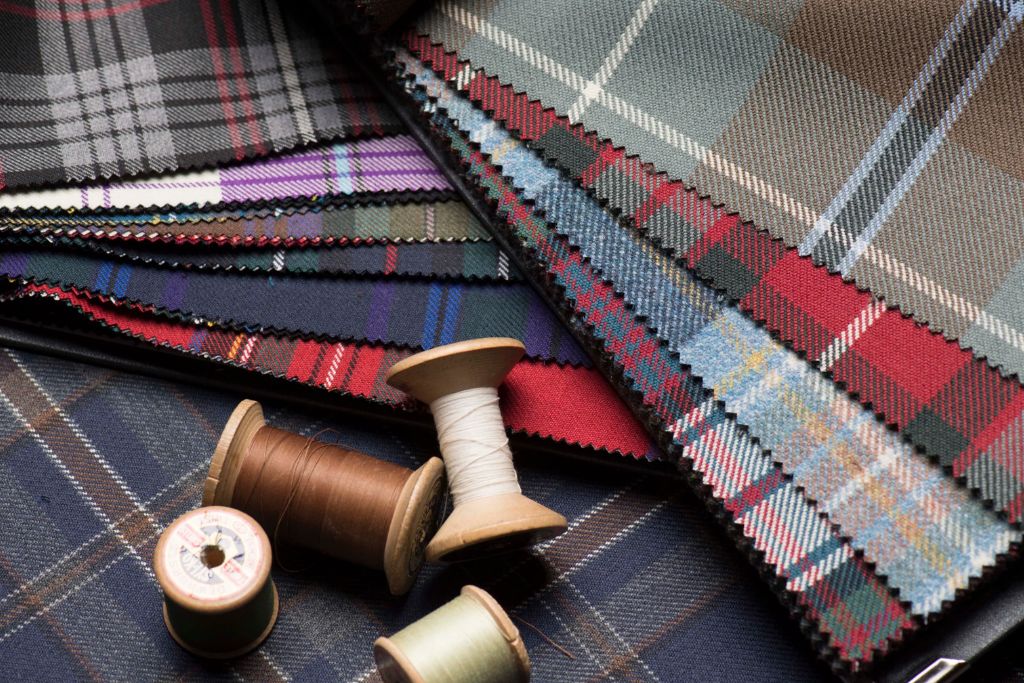
On the other hand, modern tartans are based on historical tartan designs established after 1860. At this point in history, more chemical dyes became accessible, allowing tartans to be more color-fast (that is, maintain their color better). These synthetic dyes gave rise to the unique bolder, deeper colours of Modern Tartan. Blues appear dark, while greens appear more bottle green. (Both our Tartan Gordon Fabric and Tartan McLean Fabric are great examples of Modern Tartan designs.)
Weathered Tartans
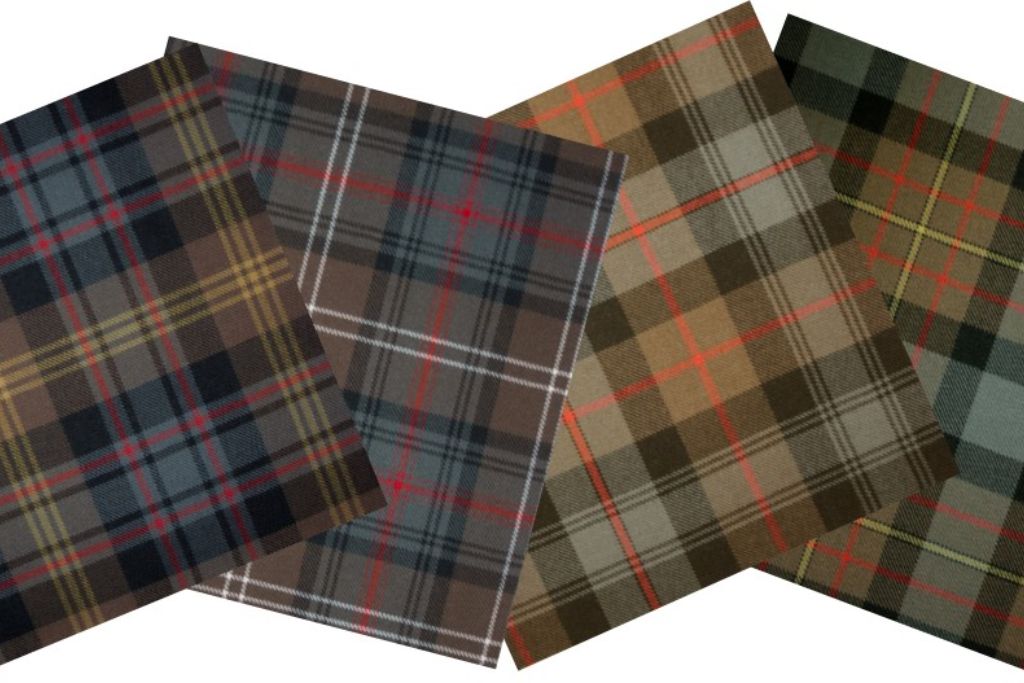
In contrast to other tartans, weathered tartans use a color palette that imitates tartans exposed to the harshest weather factors that Scotland has to offer, such as rain, sun, and wind. This produces muted colors that are most reminiscent of those worn centuries ago, when Scottish men wore their kilts day and night.
Hunting Tartans
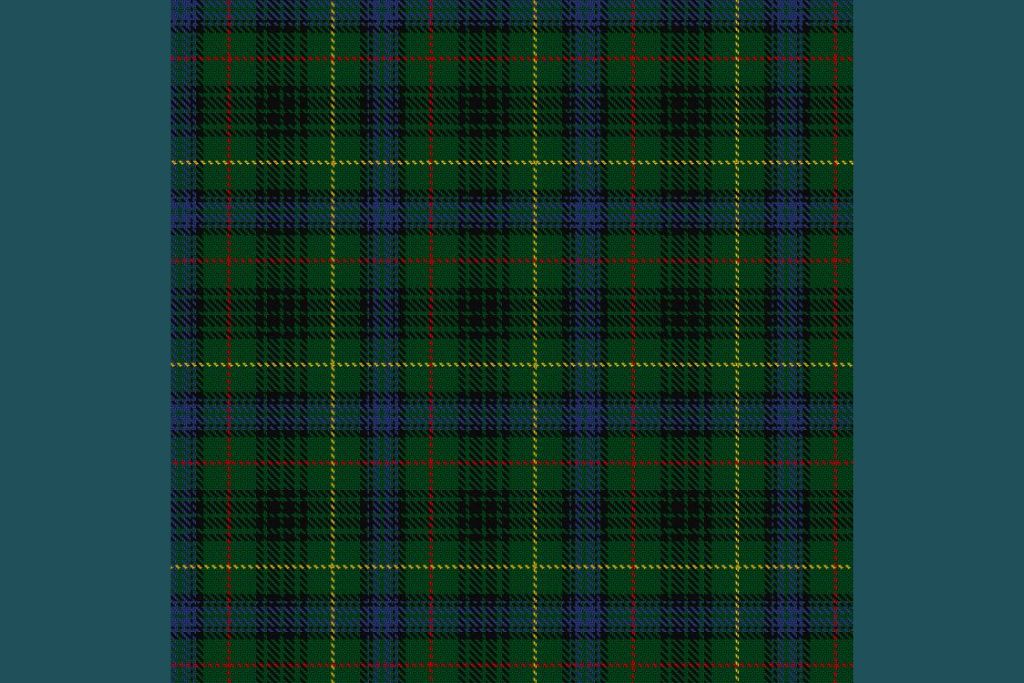
Old Scottish clans employed Historical Hunting Tartans while hunting, and modern forms have more greens and browns in them than old and Modern versions, to better blend in with the flora. That doesn’t mean that current Hunting Tartans are just worn for hunting; like many other tartans, they’re also worn for various formal and social occasions.
Dress Tartans
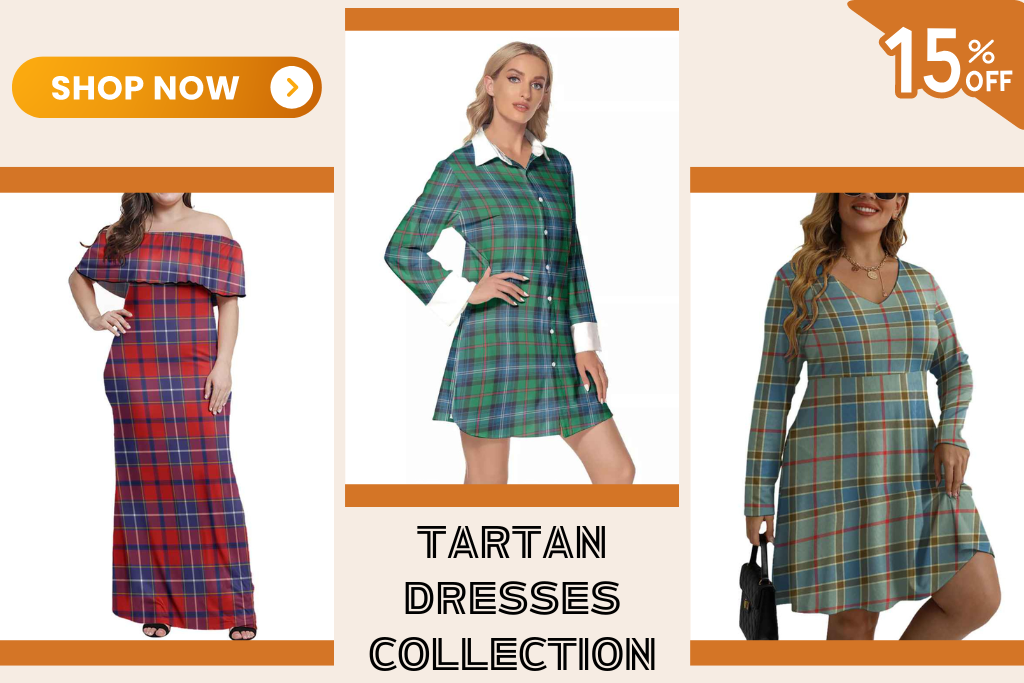
Dress Tartans, arguably among the easiest tartans to recognize, are most usually linked with highland dance. Dress Tartans typically have some type of white in their design, a pattern influenced by 18th century women’s dress. Many individuals have noticed that many Dress Tartans are simply versions of typical clan tartans with their main color changed to white.

